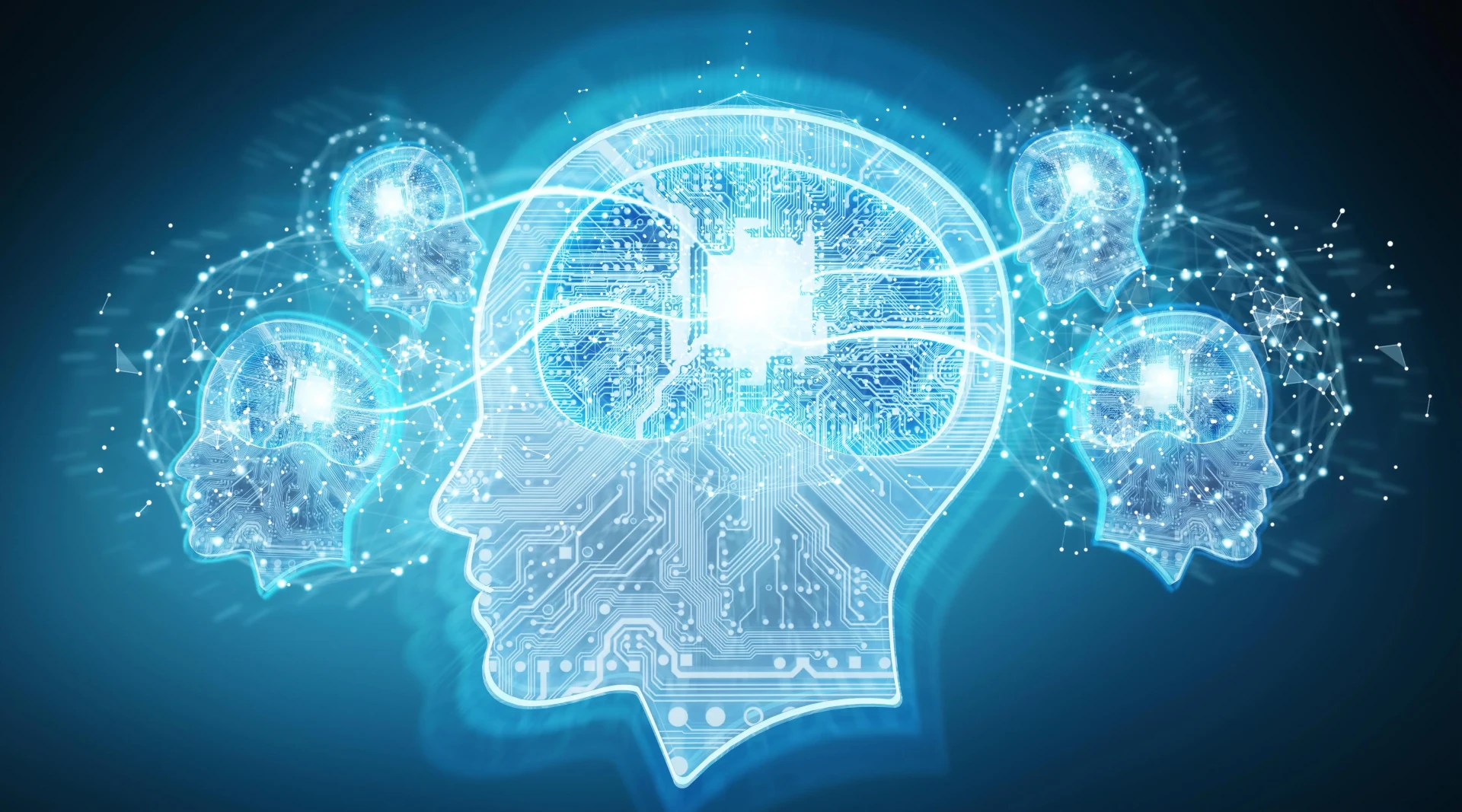Understanding LLMs and AI
We're explaining the basics of LLMs and AI

In an era dominated by technology, terms like "Language Models" (LLMs) and "Artificial Intelligence" (AI) have become increasingly common. However, for those unfamiliar with the technical jargon, understanding these concepts can be challenging. In this post, we'll try to demystify LLMs and AI, providing an introduction to these fascinating new concepts.
Artificial Intelligence (AI) AI refers to the development of computer systems that can perform tasks that typically require human intelligence. It involves creating algorithms and models capable of learning, reasoning, problem-solving, and making decisions. AI encompasses a broad range of techniques, including machine learning, deep learning, and natural language processing.
Language Models (LLMs) Language Models are a specific type of AI model designed to understand and generate human language. They are trained on vast amounts of text data and learn patterns, structures, and semantic relationships within the language. The most prominent LLMs, like OpenAI's GPT-3, are capable of generating coherent and contextually relevant text.
How LLMs Work At the heart of LLMs are neural networks, computational models inspired by the human brain. These networks consist of interconnected nodes, or "artificial neurons," organized in layers. LLMs employ a specific architecture, such as Recurrent Neural Networks (RNNs) or Transformers, to process and generate text.
During training, LLMs learn from large collections of text data, such as books, articles, and websites. They analyze the patterns in the text, capturing relationships between words, sentence structure, and even contextual nuances. This training enables LLMs to understand and predict the most probable next word or phrase based on the input they receive.
Applications of LLMs LLMs have found numerous applications across various domains. They have enhanced language translation, automated content generation, improved chatbots and virtual assistants, and even assisted in writing code. LLMs have the potential to revolutionize industries like healthcare, customer service, journalism, and creative writing.
Benefits and Challenges of LLMs and AI LLMs and AI offer several benefits, including increased efficiency, improved decision-making, and enhanced user experiences. However, they also come with challenges. Ethical considerations, such as bias in training data or unintended consequences of AI systems, must be carefully addressed. The need for transparency, interpretability, and human oversight in AI decision-making is crucial.
Language Models (LLMs) and Artificial Intelligence (AI) are transforming the way computers interact with human language. LLMs, like OpenAI's GPT-3, have demonstrated remarkable capabilities in understanding and generating text. They have paved the way for advancements in translation, content creation, and many other fields. While LLMs and AI present exciting opportunities, it is essential to consider their ethical implications and ensure responsible development and deployment.
By gaining a basic understanding of LLMs and AI, you can appreciate their potential, contribute to meaningful discussions, and navigate the rapidly evolving landscape of technology with confidence.
